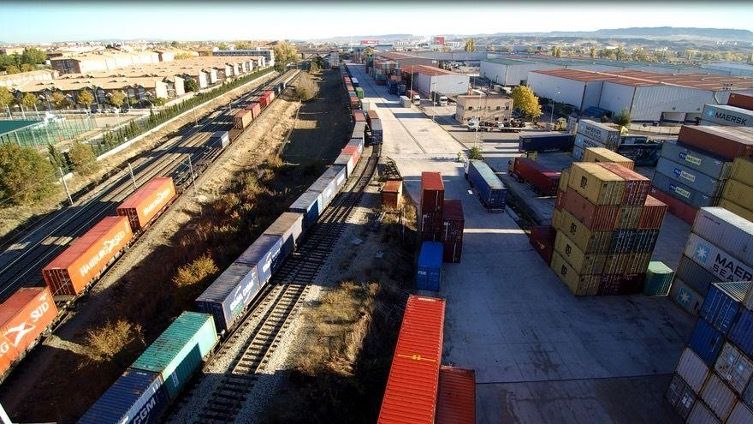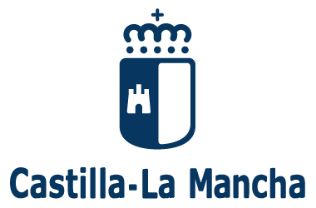Castilla-La Mancha is a potential region for investment. There are many reasons for this, which we have already highlighted on previous occasions: the privileged location, the infrastructure, the aid and subsidies, the entrepreneurship and skilled workforce that exist in the region, etc. All this shows that Castilla-La Mancha is a prime area for investment in Spain.
Therefore, we highlight the following key sectors for investment in this region:
-
The agri-food sector
The agri-food industry is one of the most important sectors of the economy at the national level. According to the Annual Report on the Agri-Food Industry published by the Ministry of Agriculture, Fisheries and Food, the Spanish sector is the fifth largest in Europe. Thus, it represents 2.5% of the national GDP and generates a turnover of more than 130,000 million euros.
Castilla-La Mancha, in turn, has a high degree of specialization in food products and has become the Spanish market leader. Among the products and sectors of the region, the following stand out:
- Wine: Castilla-La Mancha is the region with the largest area under vine in the world. It accounts for 7% of the world total.
- Cheese: Manchego accounts for more than half of Spanish cheeses with Appellation of Origin and is the leader in exports.
- Olive oil: Castilla-La Mancha is the second largest Spanish region in olive oil production.
- Fruit and Vegetable Market: Castilla-La Mancha is also the first Spanish producing region for onions, garlic, mushrooms and peas and the second for melons, lettuce and asparagus.
- Meat: The region is one of the top 5 Spanish regions for cattle, pigs and sheep.
Investment opportunities
- Food Logistics
- All types of food from the I to the V series
- Packaging
- Production of organic food
-
The renewable energy sector
Castilla-La Mancha is the second largest region in the country in photovoltaic energy production and the third largest in thermal solar and wind energy; 77.5% of the total installed capacity in Castilla-La Mancha comes from renewable sources. In addition, the region shows a clear commitment to the bioeconomy, led by the project CLAMBER (“Castilla-La Mancha Bio-Economy Region”), which lays the foundations to make the region a reference in Southern Europe in the field of research related to the use of biomass, as it is a large producer of biomass.
Investment opportunities
Opportunities in the photovoltaic sector
- Production of modules and solar cells
- Maintenance and operation
- R&D activities – creation of synergies with ISFOC
Opportunities in the field of CSP
- Development of energy storage and water saving systems
- Hybrid plants CSP + biomass
- Improvement of control and monitoring systems
Opportunities in the field of wind repowering
- Development of forecasting tools
- Maintenance and operation
- Micro-wind (net metering)
Opportunities in bioeconomy Biofuel plants
- Development of probiotics, active ingredients, etc. Natural cosmetics.
- Production of bioplastics
- Natural-based pharmaceuticals
-
ICT sector
Castilla-La Mancha has the Regional Center for Digital Innovation of Castilla-La Mancha (CRID) in Talavera de la Reina, a national reference in the field of information and communication technologies that aims to promote the creation of a powerful business structure to generate quality employment, development and prosperity for Castilla-La Mancha.
The University of Castilla-La Mancha (UCLM) provides easy access to a qualified workforce, and the Science and Technology Park of Albacete (PCTyA) and Guadalab in Guadalajara host various entrepreneurial initiatives in this area, as the region has talent in an environment of limited local competition and very low turnover rates.
In this regard, Castilla-La Mancha also has the Technological Support Center for Entrepreneurs (Bilib), based in Albacete. The same aims to promote entrepreneurship and be a reference center as a promoter of ICT for the improvement of businesses.
Investment opportunities
- Software factories and production of video games and applications.
- Outsourcing of services, such as document management or contact centers.
- Storage centers and data management.
-
Aeronautical sector
Castilla-La Mancha has experienced greater growth in the aeronautical industry than any other region in Spain, becoming one of the region’s main economic drivers. In this sense, CLM is the third largest region in Spain in terms of volume of sales in the aeronautical industry (12% of sales and 10% of employment).
Besides, the community generates about 3% of the national GDP and produces up to 10% of the world production of carbon fiber for aerospace. The presence of an innovative cluster in the region, based on the development of this sector, is also an element of great attraction, also taking into account the proven ability to collaborate with other European regions and thus integrate into continental value chains.

Aernnova, aeronautic company of Castilla-La Mancha.
Investment opportunities
- Support industries for all companies related to the Castilla-La Mancha aviation cluster.
- MRO (maintenance, repair and Transformation ).
- Dismantling and Decommissioning
-
Logistics and transport sector
Finally, the strategic location of Castilla-La Mancha represents one of the Community’s greatest competitive advantages. It is located in close proximity to Madrid, the largest consumption center in the country. Thus, the region has infrastructures and great opportunities that favor the logistics and transportation sector.
It is the region with the most kilometers of high-capacity highways (2,790 km) and high-speed trains (800 km) in Spain. All provincial capitals have a direct highway and high-speed train connection with Madrid.
In addition, four of the six highways connecting Madrid with the main ports of the Iberian Peninsula pass through Castilla-La Mancha. The following intermodal transport infrastructures are worth mentioning:
- The dry port of Azuqueca de Henares, which is connected to the main Spanish ports. It has an annual traffic of more than 30,000 containers.
- The Transport City of Guadalajara, one of the largest intermodal platforms in Spain with 2.2 million m2.
- The Iberum Central Platform, with 3.5 million m2. It is located near Madrid, where companies such as Amazon, Toyota or Michelin, as well as large logistics companies such as XPO, FM Logistics or P3 have already settled.

Dry Port of Azuqueca de Henares
Investment Opportunities
- Automated logistics platforms
- Warehouses and distribution centers
- Parking garages and fleet maintenance



